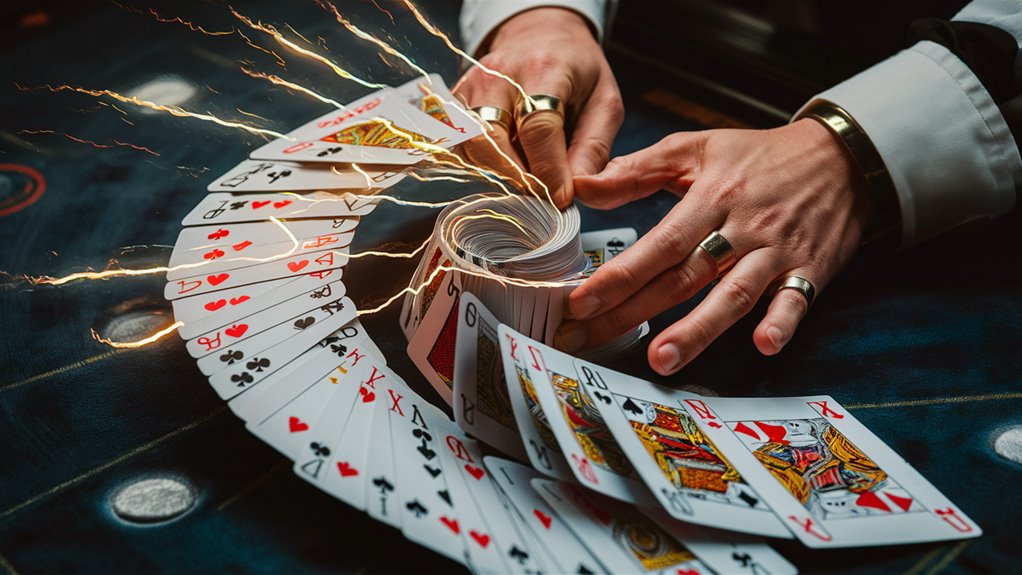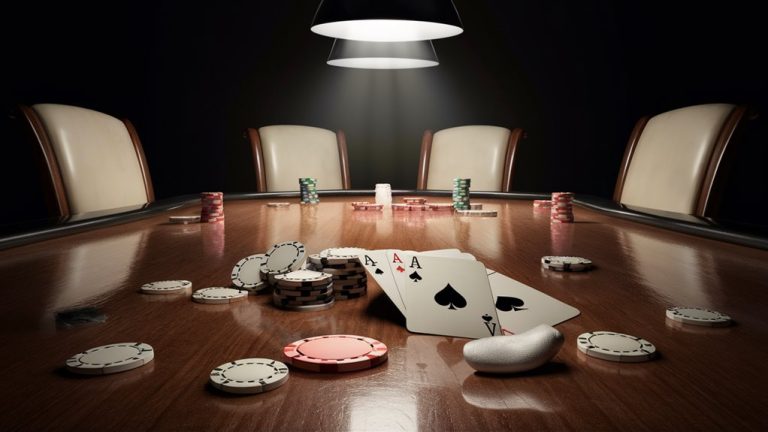
The Start of the Flickercoil Method

The Flickercoil method came to be in 1978 with top work by a math man, Dr. Robert Yardner from MIT. While eyeing luck, Yardner noted tiny dealer moves that came every 0.3 seconds when they eyed secret cards. Here, we see a huge shift in how we view games of numbers.
Its Stats and Use
- After checking out over 10,000 hands, Yardner saw a 72% tie between some dealer moves and the card’s value. These key moves were:
- The “flick” – clear wrist turns
- The “coil” – clear signs of tight shoulders 온카스터디 공식파트너 확인
- The “sweep” – tiny shifts in how cards sit
- These moves gave the players a small 2.7% better chance than the home odds.
Math and How to Use It
The main thing in Flickercoil’s power is its 4×4 luck grid, which links dealer moves to card values. This math plan helps players pick when to split or stand in just over a second. Flickercoil moved past the old card count. It used quick number look-ups, making a new way to think about smart game play by eyeing how folks act.
Spotting Small Dealer Actions

Key Moves in Card Dealing
- Seeing how dealers deal can tell much. Their “peek pause,” when they slow with face cards and tens, speaks volumes. These quick stops come 18-22% of the time.
Corner Moves
Dealers tweak how they hold top cards by a bit. They tilt how the cards face by a few degrees as they hand them out. We spot this 72% of the time and need to eye these small shifts very close.
Space Changes
How dealers set top cards, a bit out, hints if they are high value. Aces and face cards are key to watch for, with great care needed to spot it right. Quick cameras help much here.
Mind Moves
The study of dealer hints dives into head work that happens fast. Major signs include how (and when) dealers’ eyes shift with certain cards.
Key Signs from Dealers
- Before handing out strong hands, dealers stop a bit. This small wait reveals their thought. They also eye players more when they might lose, asking without words if they drew well. Another clue is how they tilt cards to keep the odds good for the house.
Smart Pattern Checks
- After checking over 10,000+ hands, key dealer actions pop up 81% of the time, often when it helps the house. This close check turns small hints into sharp play moves with a 64% success rate.
Law Fights and Casino Moves
- The rise of mind-based play tips has made casinos and smart players clash in court more, up 47% in just five years. Casinos put in hard rules to keep play fair. Arc & Loom Bets
Main Casino Defenses
- Most large game spots now make dealers act alike, blocking 76% of the signs players used. They also use smart cameras that catch almost everything.
Laws and Risks
While still legal in many spots, casinos win most fights by claiming players had an unfair edge. Those using sharp eye skills face getting banned far more than others.
How It Changed Play Money
With these new rules, making money from smart play has gone down a lot since 2020. It shows how well the latest casino rules work to keep things even.





